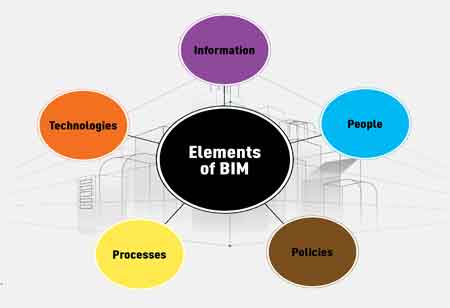Thank you for Subscribing to Construction Business Review Weekly Brief
Specials
- Apartment and Condominium Contractors Canada
- Decking Canada
- Architectural Glass Europe
- MEP APAC
- Construction Saudi Arabia
- German Apartment and Condominium Contractors
- Construction Law APAC
- Outdoor Construction
- Foundation Construction Canada
- MEP Canada
- Kitchen and Bath
- Cold Storage Construction APAC
- Precast Concrete Europe
- Construction Staffing Europe
- Pre-Construction Services
- Flooring System APAC
- Scaffolding Canada
- Swimming Pool Construction Canada
- Construction Management Canada
- Cold Storage Construction Canada
- Flooring Systems Europe
- Residential Construction
- Concrete Canada
- Construction Cladding Europe
- Construction Cladding APAC
- Concretes, Aggregates and Construction Materials APAC
- Concretes, Aggregates and Construction Materials Europe
- Commercial Contractors Europe
- Commercial Contractors APAC
- Dummy
- Construction Insulation, Coating and Waterproofing
- Construction Management APAC
- Landscaping Canada
- Construction Coating Europe
- Construction Tech Startups Europe
- Insulation Services Europe
- Mechanical Contractor Canada
- Mould Remediation and Testing Europe
- Swimming Pool Construction APAC
- Building Sealing Solutions Europe
- Construction Engineering Services
- Mechanical Electrical and Plumbing
- Roofing Systems Europe
- Architectural Glass APAC
- Startups APAC
- Construction Forensic and Owners Representative
- Flooring System
- Waterproofing APAC
- Wall Systems
- Safety and Compliance Europe
- Construction Bidding and Auctions
- Modular and Prefab Construction
- Architectural Glass
- Construction MENA
- Construction Demolition and Recycling Europe
- Modular Construction Europe
- Construction Interiors
- Steel Building APAC
- HVAC
- Doors and windows
- Construction Latam
- Building Information Modeling APAC
- Sustainable Construction APAC
- Building Restoration and Maintenance
- Commercial Contractors
- Specialty Construction
- Construction Engineering Canada
- Construction Engineering MENA
- Modular Construction Canada
- Modular Construction APAC
- Roofing and Siding Systems
- Workforce Management and Staffing
- Roofing Systems APAC
- Construction Consulting
- Steel Building Europe
- Construction Demolition and Recycling APAC
- Safety and Compliance APAC
- Concretes, Aggregates and Construction Materials
- Construction Cladding
Did You Know BIM can Improve Renewable Energy Efficiency?
BIM addresses each step, whether it is energy waste, production, or usage. With a more energy-conscious plan, contractors can reduce their on-site emissions

By
Construction Business Review | Thursday, May 27, 2021
Stay ahead of the industry with exclusive feature stories on the top companies, expert insights and the latest news delivered straight to your inbox. Subscribe today.
BIM addresses each step, whether it is energy waste, production, or usage. With a more energy-conscious plan, contractors can reduce their on-site emissions.
Fremont, CA: Building Information Modeling (BIM) is a new technology that aids in planning and managing the construction industry. As renewable energy becomes a more critical focus for buildings, BIM provides an essential means of ensuring sustainability.
BIM aids in the planning of construction projects. It integrates 3D designs into processes to enable better, more sustainable buildings. BIM helps with energy efficiency from start to finish, from resolving conflicts to providing new opportunities. Here's how to do it:
- Modeling
The central focus of BIM is modeling, design, and planning. Contractors must account for the energy impacts of each plan and model when designing a building that focuses on renewable energy efficiency.
It allows experts to see the various effects of each design on its environment and surrounding community. They can then select the model that uses the least amount of energy.
- Smart Building
smart building solutions should be considered by experts when designing. Renewable energy can take many forms, such as solar power or design with the sun in mind.
Energy-saving products are another option for smart technology. Each device, from HVAC systems to energy-efficient refrigerators, is essential in the construction process. BIM considers everything during the modeling phase, allowing experts to see the effects.
- Green Building
The most efficient options are available in the infrastructure itself. Using natural lighting, for example,





